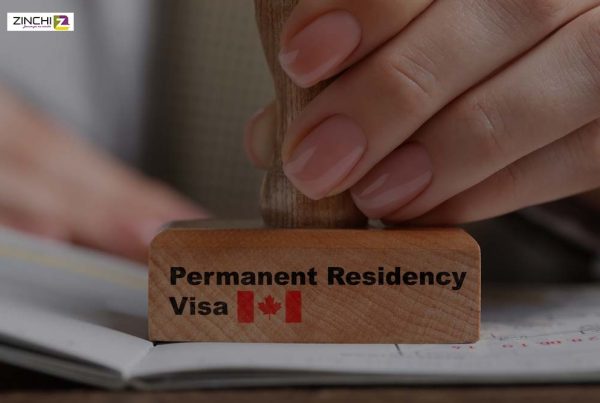
Starting October 12, 2025, the European Union will roll out a major change to how travelers enter and exit the Schengen Area. Say goodbye to manual passport stamps — the new Entry/Exit System (EES) is here to make border control smarter, faster, and more secure.
What Is Changing?
Beginning October 12, 2025, the EES will officially replace traditional passport stamping at all Schengen borders. Instead of a border officer stamping your passport, your travel information will be electronically recorded.
Why the Change?
The goal is simple: to digitize and streamline border management. The EES will help authorities:
Track and register the entry and exit of all non-EU travelers visiting for short stays (up to 90 days within 180 days).
Identify overstayers more effectively.
Strengthen overall border security while reducing wait times.
What Information Will Be Collected?
When you enter or leave the Schengen Area, the system will automatically record:
Your passport details
Date and place of entry and exit
Fingerprints and facial images
This biometric data will replace manual stamps and ensure smoother future border crossings.
That satisfying “clunk” of a passport stamp will soon be a thing of the past! With the new EES, all travel data will be stored electronically, making it easier for travelers and border authorities alike.
What This Means for Travelers
No More Manual Stamps
For most travelers, this system will speed up border checks and make the process more efficient. However, it’s important to note:
Your first few trips may take slightly longer as biometric data is captured.
Frequent travelers will benefit from automated border gates and reduced paperwork in the long run.
Final Thoughts
The EU’s Entry/Exit System marks a new era of smart travel — one that blends technology with tighter border security. If you’re planning a trip to Europe after October 2025, make sure your passport is valid and be ready for a digital border experience.



